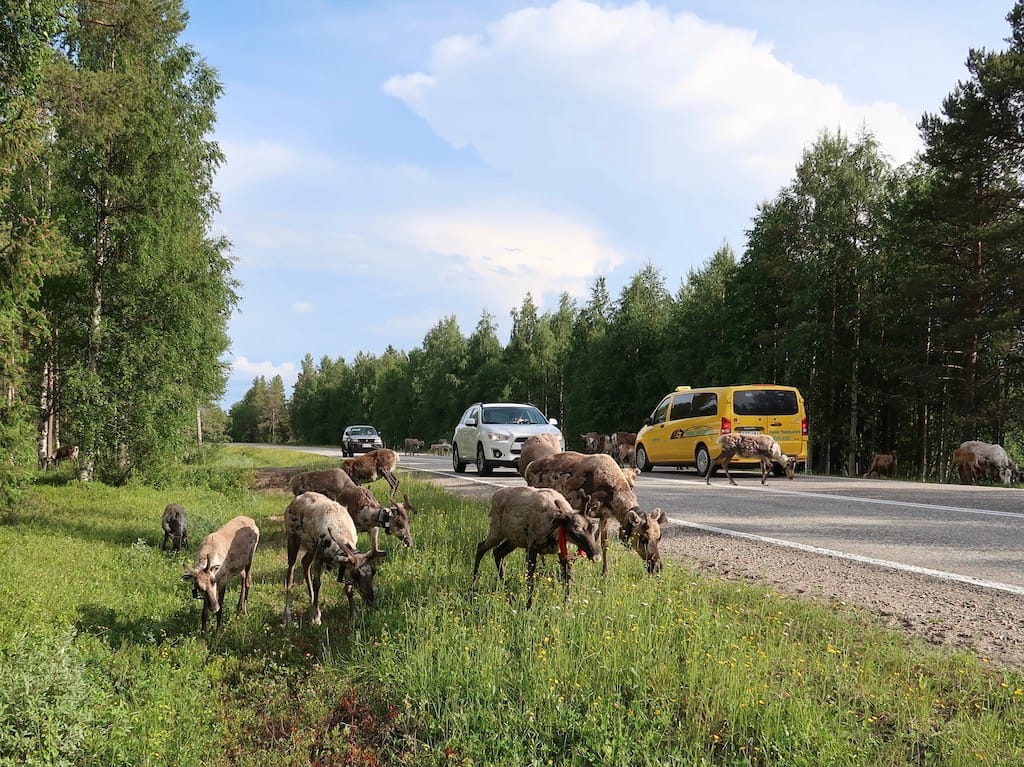In the North you must look out for reindeer on the roads.
Cultural Camping, Europe and NATO
We drove around 5,500 kilometers and camped 14 places in Finland within 60 days. We met no real corona restrictions, and the tourists had returned, although not to the same extent as before the corona crisis.
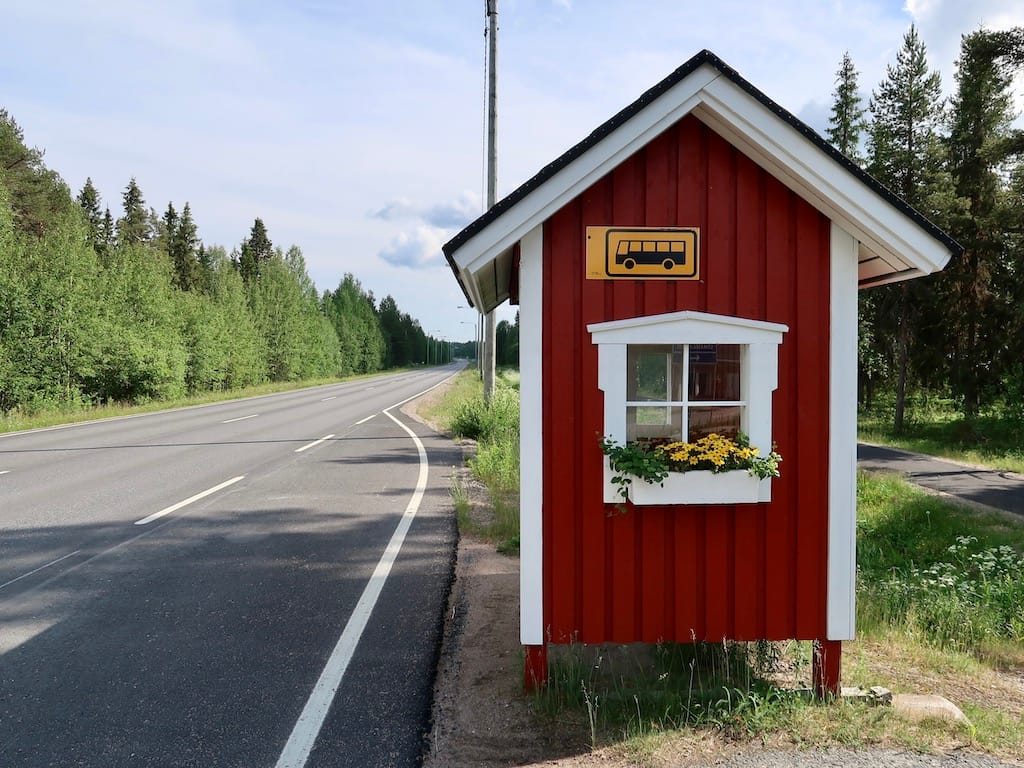
There were no crowds at the sights or traffic jams on the roads. We drove on paved main roads with steady traffic and on byways with a gravel surface, where other road users were rare. Police were an odd sight, but there are many surveillance cameras and Finns are considerate drivers. We experienced one traffic accident, where two young men crawled unharmed but shocked out of a smashed car. The signage is sparser than in Denmark, so speed limits must be remembered, and to the north you have to watch out for reindeer. Where we needed public transport, it was easy to use the metro and the buses. When we unfolded our bikes, there were safe cycle routes.
The campsites' service buildings are generally of a high standard. We have preferred quiet natural sites with a lake or sea view. The activities offered were usually a sauna, a bathing bridge, a fire cabin, boat hire and hiking trails. In Finland, camping life is closely connected with outdoor life.
We had feared cold weather and mosquitoes. However, the temperatures quickly rose to around 20 degrees. A Thermacell with a gas cartridge and a scented pad kept the mosquitoes at a distance the few times this was necessary. Finnish cities, cultural institutions and national parks have good websites, and tourist offices offer informative guidance and brochures. Along the way, we followed the news on the public service station Yle, which speaks and writes Finnish, Swedish and English. The mobile network functions well, we only experienced sporadic lack of coverage in desolate areas to the east.
A Finn we met at the end of the trip asked wonderingly: "Can you really spend two months traveling in Finland?" You can, and it has been easy and rewarding.
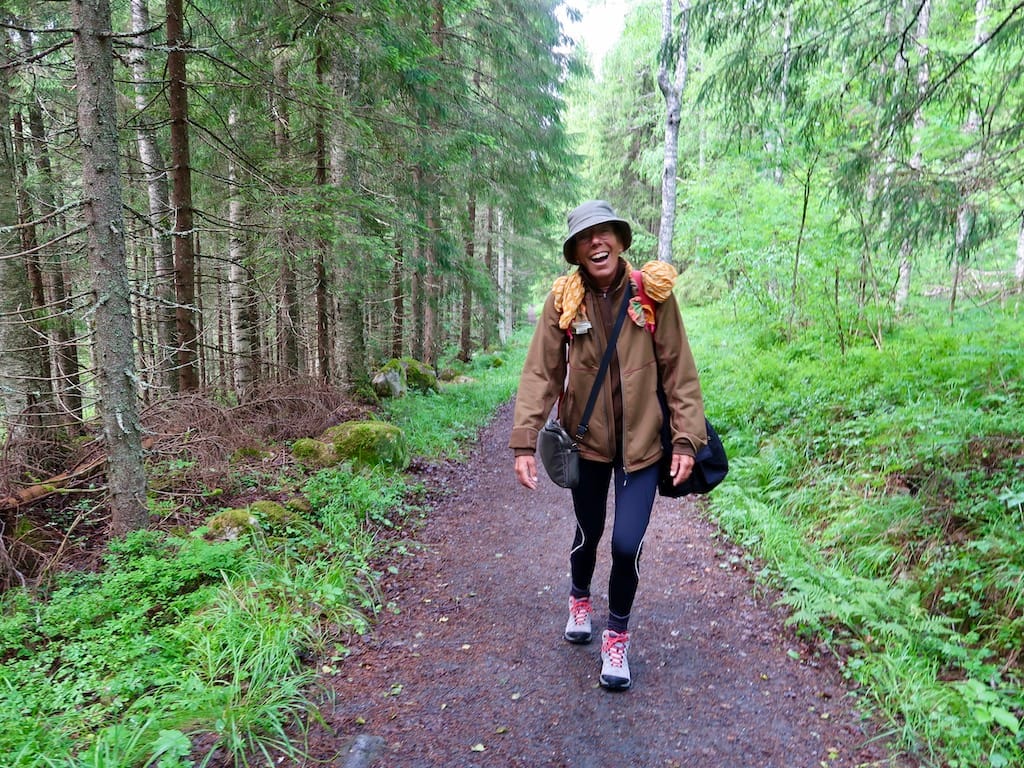
Culture, nature and history
We each bought a Museum Card, which gives access to 360 Finnish museums one year for 76 Euro. Finland has fine open air museums, cultural history museums, natural history museums and art museums. The dissemination is up-to-date with objects, interactive screens and excellent videos, for instance about the changing seasons. We have met many good guides, and children are thought of. The exhibitions are rarely so big that you get tired before the exit. The museums often show combinations of natural, cultural and art history. We learned that this makes good sense both because of the country's history and of humanity's current challenges with biodiversity and the climate.
We don't travel with the aim of seeing UNESCO World Heritage Sites, but they usually offer culture and explanations with good quality, so we visit them when they fit naturally in our plans. In Finland, we saw all the country's seven sites. In addition, we were so impressed by Alvar Aalto's town plans and buildings that they became regular stops on the journey. The Finns are working to get some of the architect's works included in the World Heritage List.
Finland's nature, like Denmark's, is characterized mainly by small level differences. The highest point we climbed was Ukko Koli at 354 meters above sea level, but the country has higher mountains. The walking routes were almost always clearly marked and often had signs with explanations about nature and culture. The decisive difference between our countries is probably that the landscapes are larger, wilder and more undisturbed in Finland. This applies especially in the north and east. To this you may add the midnight sun, the northern lights, the harsher climate and the significant change of seasons. We experienced the archipelago, lakes and rivers as attractive boat routes and swimming opportunities, in winter they serve skiers, snowmobiles and other means of transportation.
Adam Oehlenschläger writes in the Danish national anthem about a lovely country that "stands with broad beech-trees", Johan Ludvig Runeberg writes in the Finnish one about "the gloomy rustle of the dark forest",
Not least the encounter with Sami culture and with Alvar Aalto's summer house reminded us of the importance of taking care of nature. The house is located in a forest on the island of Muuratsalo with a beautiful view of Lake Päijänne, parts of it are built on pieces of rock to limit the footprint.
Aalto's grandfather taught forestry and told his grandson that: "The forest can do without us, but we cannot do without the forest." - We have spent days on the journey looking at forests and lakes, it has reminded us of the value of nature and its healing effect on body and mind.
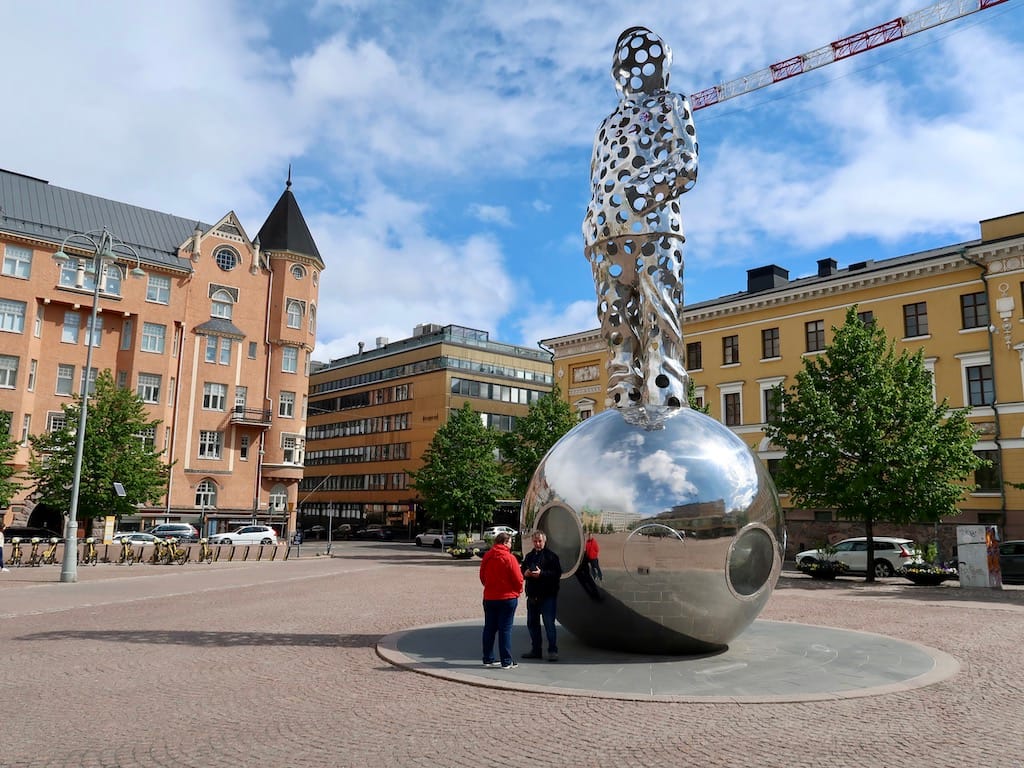
Finland was populated from the east and south during the Stone Age. Crusades led from 1155 to nearly 700 years of Swedish supremacy with Turku in Swedish Åbo as the capital. In the Russo-Swedish War of 1808-09, Sweden lost Finland to Russia, which made it an autonomous Grand Duchy under Russian supremacy. The capital was moved to Helsinki in 1812.
In the middle of the 1800s, a Finnish national movement arose, the collector of folktales Elias Lönnrot published the national epic Kalevala, and J.L. Runeberg wrote the national anthem "Vårt Land". Finland got its own parliament in 1906 with the right to vote for everyone over the age of 24 and thus became a European pioneer country for women's political rights.
1917 Finland declared independence in connection with the First World War and the Russian Revolution. In 1918, there was a civil war between the Reds, who wanted Soviet rule, and the victorious Whites, who wanted a Finnish monarchy. 1939-40 Finland fought against the Soviet Union in the Winter War. 1941-44 Finland received support from Germany in the Continuation War against the Soviet Union, which gave up occupying the country. During the Germans retreat to Norway, they burned down towns in Lapland in order not to leave them to the enemy. The wars demanded and created a Finnish form of endurance and courage, called "sisu".
In 1948, Finland entered into a friendship, cooperation and assistance pact with the Soviet Union. In 1955, Finland became a member of the UN and took part in forming the Nordic Council. The 1970s and 1980s were characterized by economic growth, which suffered setbacks with the collapse of the Soviet Union in 1991 and the financial crisis in 2008. In 1995, the country became a loyal member of the EU. In 2017, Finland celebrated its centenary as an independent nation.
Modern Finland was born out of violent wars and has taken a neutral position between East and West. Admission to the defence alliance NATO in April 2023 shifted the balance to the west. This also moved the country closer to the other Nordic welfare states, we hope that this will strengthen Nordic cooperation and the voice of Nordic values in the world.
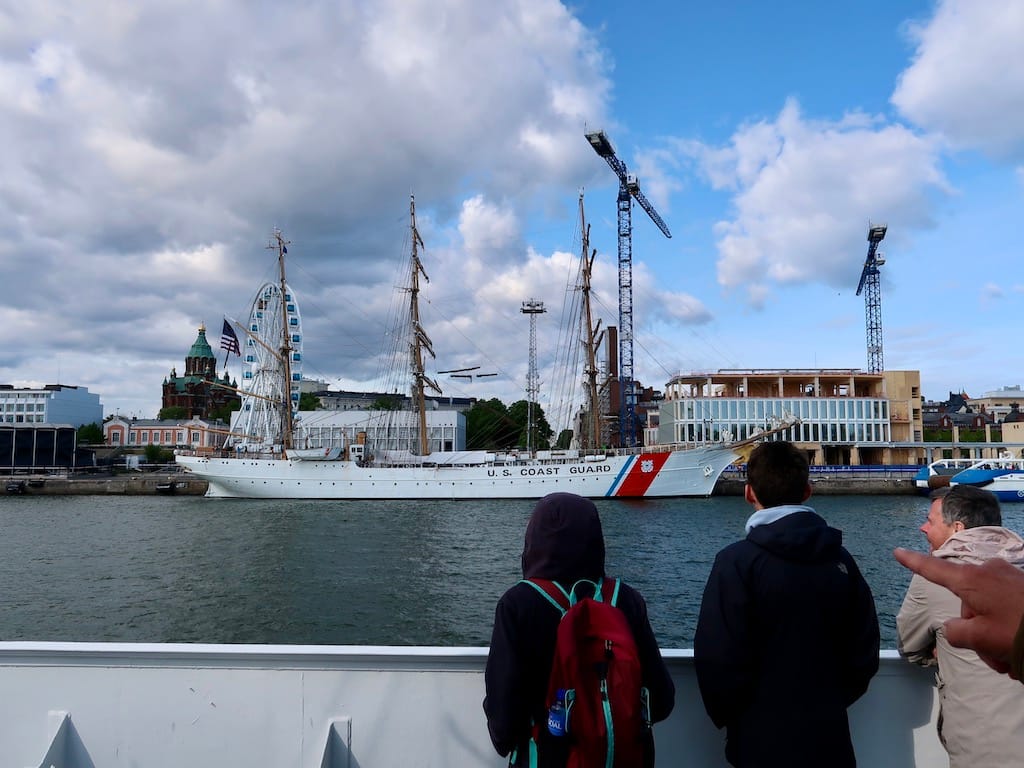
Finland, Europe and NATO
The parliamentary elections in April 2023 led to the resignation of the coalition government under the leadership of the social democrat Sanne Marin. After lengthy government negotiations, the new Prime Minister Petteri Orpo presented his right-wing government at the end of June, consisting of the National Coalition Party, the Finns Party, the Swedish People's Party and the Christian Democrats.
The government program entitled "A strong and committed Finland" announced, among other things: Cuts in unemployment and welfare benefits to limit the fiscal deficit. Lower income tax. Investments in infrastructure. Stricter immigration policy. Possibility of integration in both Finnish and Swedish. As well as EU policy that promotes national interests.
The government ran into problems with ministers from the Finns Party’s racist past. Its plans of reducing social benefits and reform labour market laws were met with protests from unions and student organisations. In a poll published by Yle in September 2023, less than a third expected the government to last the full four-year term.
Finland's President Sauli Niinistö of the National Coalition Party is widely respected. Together with Sanne Marin, he led the country into NATO, and he hosted a meeting between US President Joe Biden and the Nordic Prime Ministers in July 2023. They spoke among other things about safety, environment and technology. Finnish presidential elections will be held in January 2024 with a possible second round in February. Niinistö, who has served two terms, cannot be re-elected. The next president will be Finland's 13th.
We heard only positive reactions to the membership of NATO, often referring to Russia's invasion of Ukraine and fears that something similar could happen to the Finns. Finland and Denmark have made agreements on deployment of American military. Both countries contribute to Ukraine's struggle. We regularly saw Ukrainian flags and other signs of support for the country.
Finland's and Sweden's applications for admission to NATO were seen by Russia as hostile actions. Vladimir Putin made no secret of the fact that they would have consequences. Finnish authorities warned of cyberattacks and urged citizens to have emergency supplies. There were unexplained breaks in telecommunication cables and a gas pipeline in the Baltic Sea. Russia and Finland mutually expelled diplomats. Russia was justifiably suspected of allowing asylum seekers from third countries without papers to cross the Finnish border. Finland responded with a time-limited closure of the border for everything but freight transport. The European Border and Coast Guard Agency Frontex provided assistance with an explicit focus on border security as well as humanitarian considerations.
Just before Christmas, the EU made an agreement on asylum and migration, which will establish detention centers at the external borders. Migrants with no prospect of asylum must be quickly found and, if possible, sent to countries they fled from. The agreement also implies that northern countries take over asylum seekers from the south or pay to be free. EU leaders called the agreement historic, critics saw it as a concession to the right wing. Denmark is outside the agreement due to its opt-out on justice in the EU.
When we talked with Finns about their view of Russians, the answer was often: "The Russians are good enough, but their politicians..." We have met people who have visited Russia many times and others who have not wanted to go there.
We met Tatiana from Ukraine at a campsite. She had lived in Finland for 15 years and had her own business. Now she was on a trip in a rented camper to relax in nature after a hard and stressful time. Shortly after Russia invaded Ukraine in 2022, her childhood home was bombed. The parents and a disabled brother came to Finland. Her two other brothers were still in Ukraine and on a waiting list to be join the army. - She said: "I hate Russians!"
At another campsite, we met Marina from Moscow. She immigrated to Finland before the corona crisis and studied tourism. Marina did not expect to return to Russia, but could see a future in Italy, where she had a friend. She did not experience discrimination: "People understand that I am here because I disagree with Russian politics."
We grew up with Cold War enemy images. Lars' father made a basement room with emergency supplies inspired by the Danish government's pamphlet "If the war comes" from 1962. We rejoiced at the fall of the Berlin Wall in 1989 and still have a piece of concrete with graffiti, which we picked up the following year. We have travelled to many countries and met many people. It is tragic to experience a world with new enmities, bloody wars and closed borders.
In Jyväskylä, we heard a barefoot, female street musician on a corner with appealing acoustics singing Bob Dylan's "Blowin' in the Wind" from 1962. As long as young people sing protest songs, the hope for peace lives on.
We don't know why the Finns repeatedly rank slightly higher than the Danes in international measurements of happiness. Both countries are Nordic welfare states with a relatively fine safety net. - It may be because the Finns value peace since the memory of war is present. It may also be because nature is large and present.
The midnight sun was an experience, next time we hope to see the northern lights.
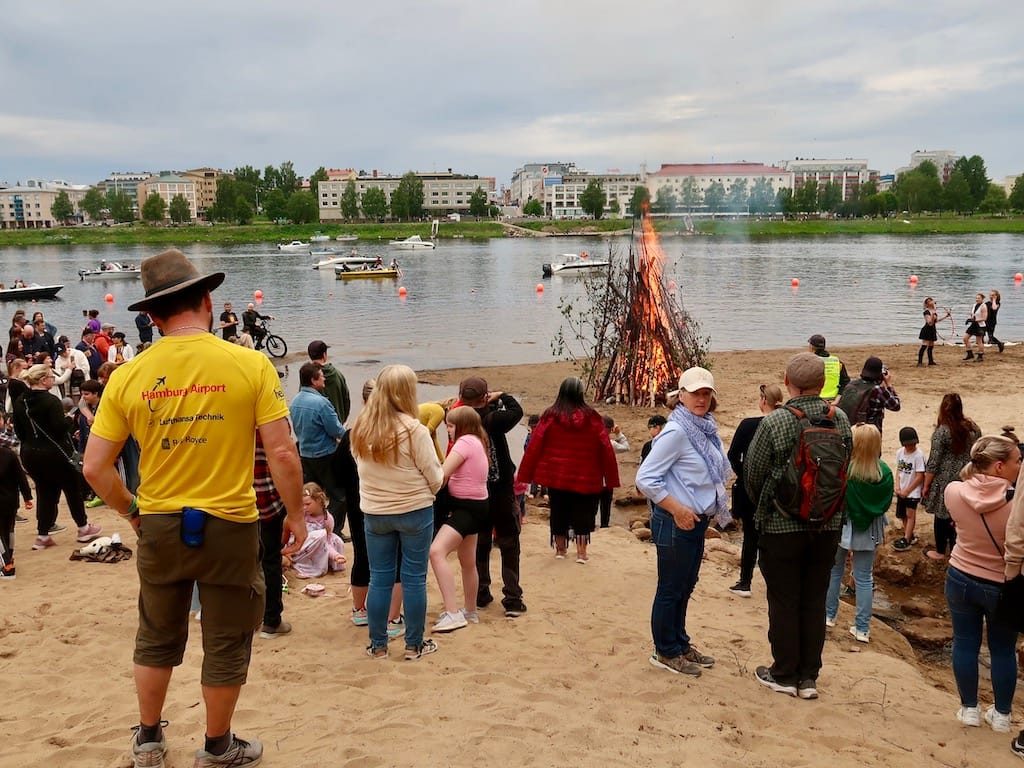
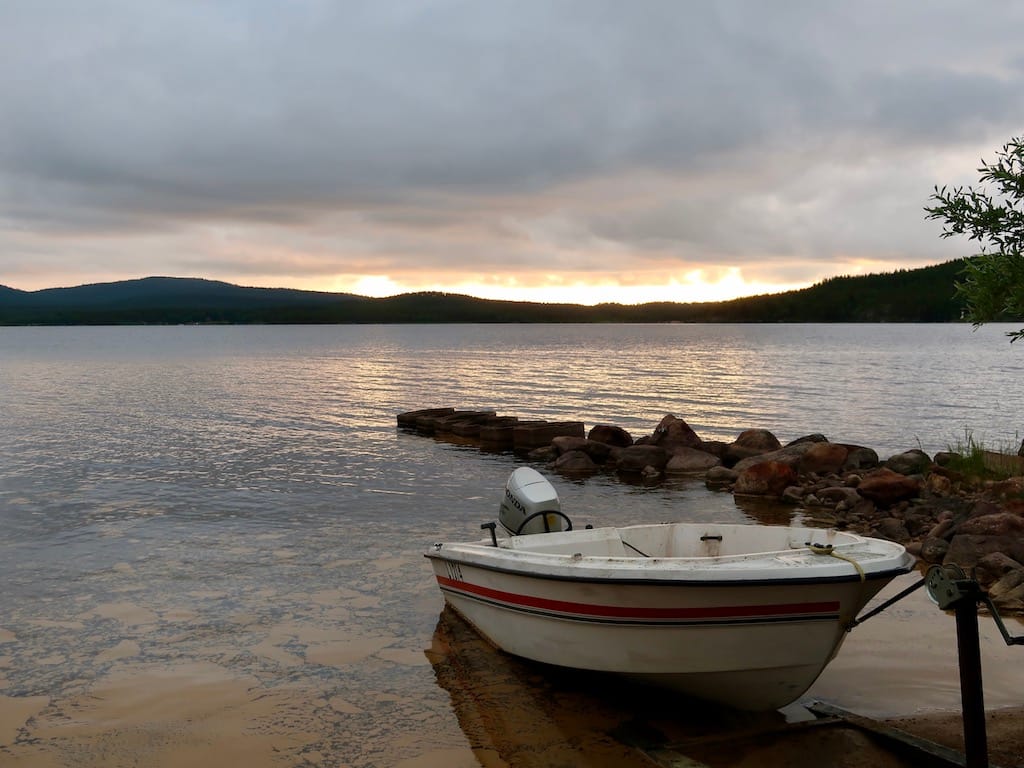
References:
The following books have helped us plan and tell about the tour:
Hanne Kirstine Adriansen: Nomader. 2023.
Odd Brochmannn: Finland. 1968
Europas smukke veje 47 berømte bilture samt komplet Europa-vejatlas. 2007.
Martin Jern: Delar av en stig. 2005.
Trine Daimi Kalliomäki: Turen går til Helsinki og Finland. 2017.
Thomas Ubbesen: I skyggen af det nye jerntæppe. Møder med Ruslands naboer fra Ishavet til Sortehavet. 2022.
Mara Vorhees et al.: Lonely Planet. Finland. 2018.
In relation to our tour we saw movies, TV-documentaries and series about Finland, among others:
Arven og stilheden – samebyens fremtid. Swedish/DR 2021.
Mika Kaurismäki: Master Cheng. 2019.
Amanda Kernell: Sameblod. 2016.
Juho Kuosmanen: Compartment no 6. 2022.
Krigens kolde ansigt. Finnish/DR. 2022.
Anders Lund Madsen: Atomkraft – ja tak! DR. 2022.
Michael Madsen. Into Eternity. 2010.
Naturen og vores sind - Kronprinsessen ved Vesterhavet DR. 2023.Rauni Mollberg: Ukjent soldat. 1988.
Margreth Olin: Songs of Earth. 2023.
Politidistrikt Lapland. Finnish/DR 2023.
Markku Pölönen: Land of Hope. 2018.
Furthermore, we have used:
Facts from materials collected along the way and from websites. Danish and international media coverage of Finnish politics, culture etc.
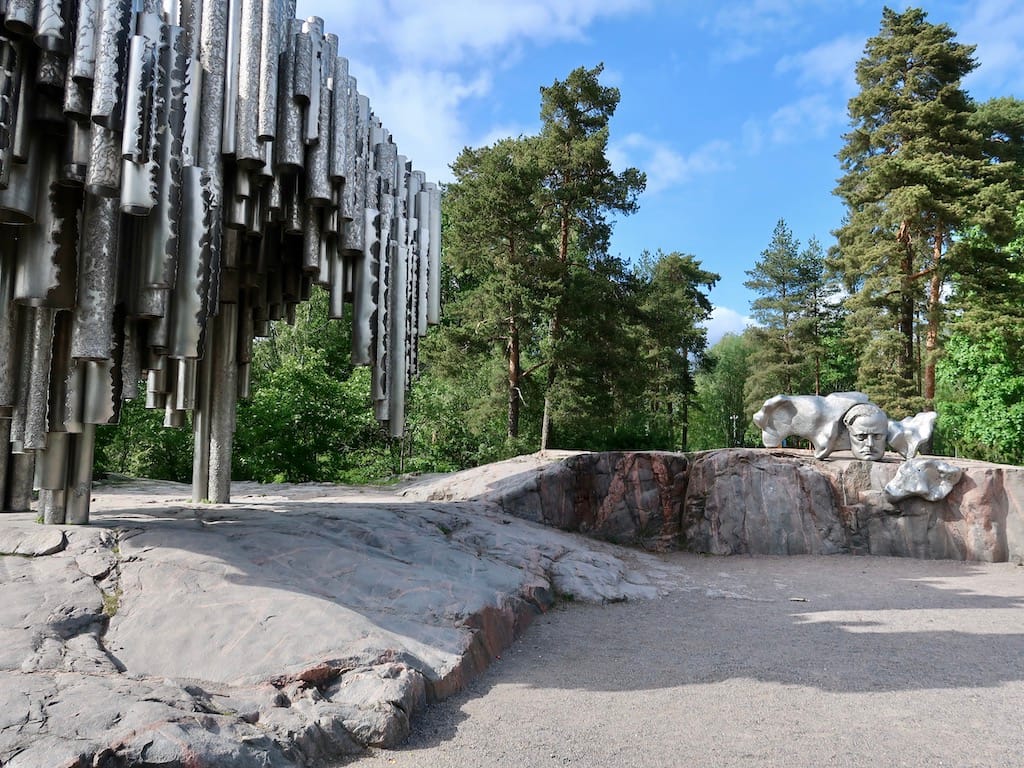
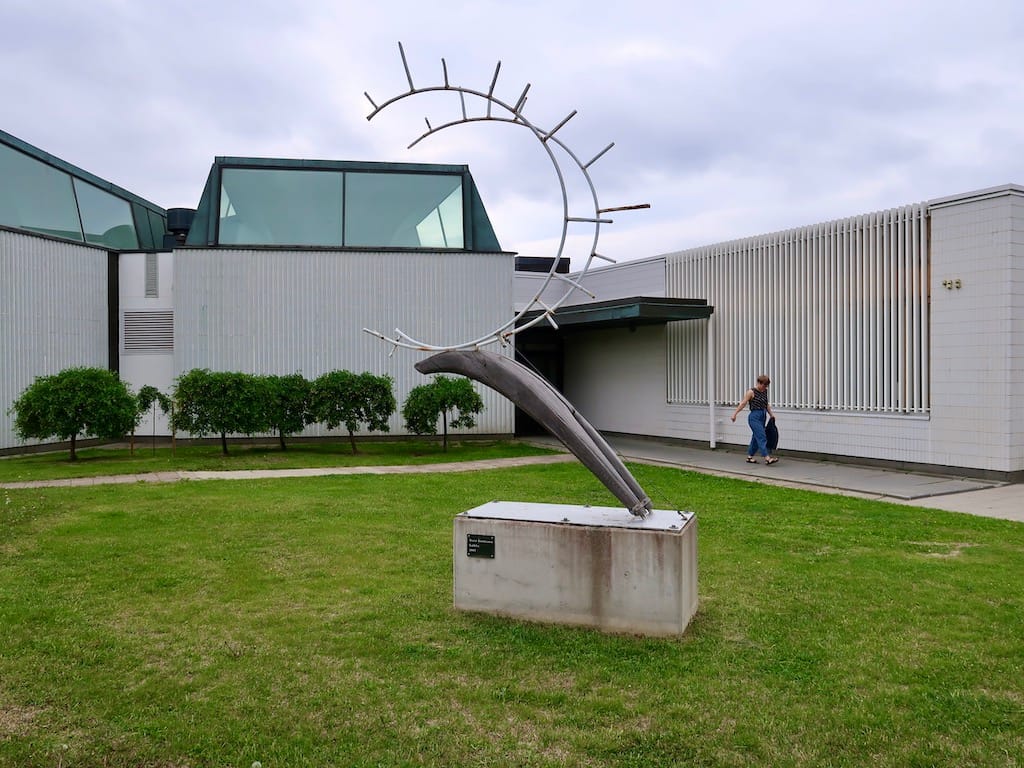
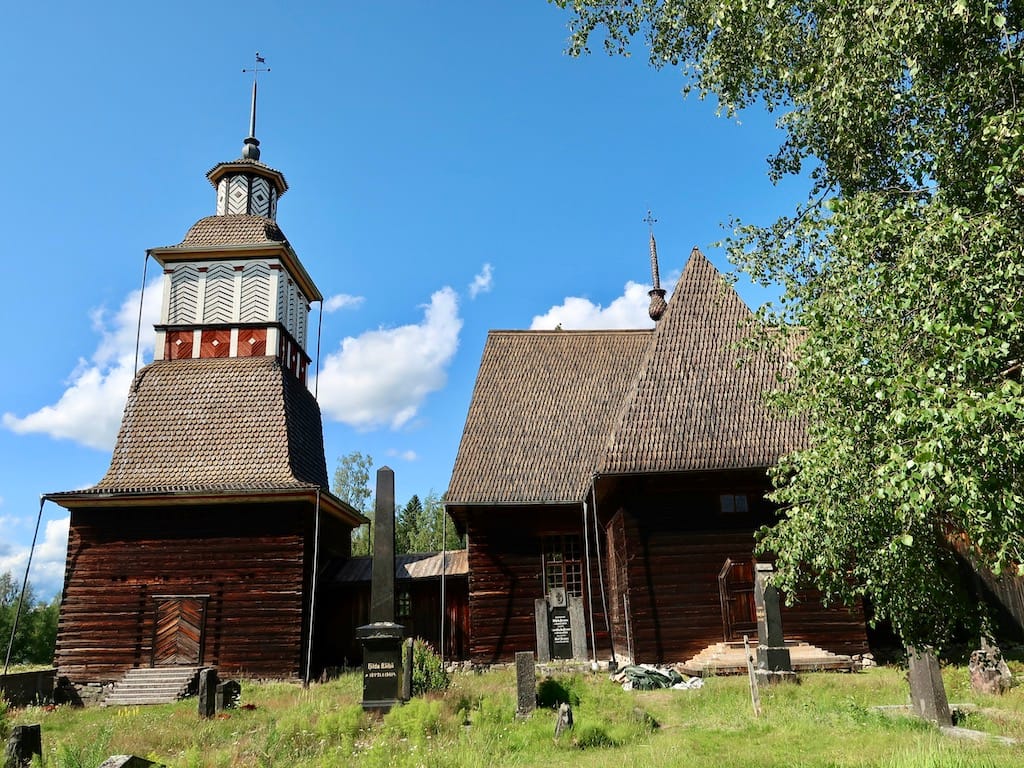
December 2023.
